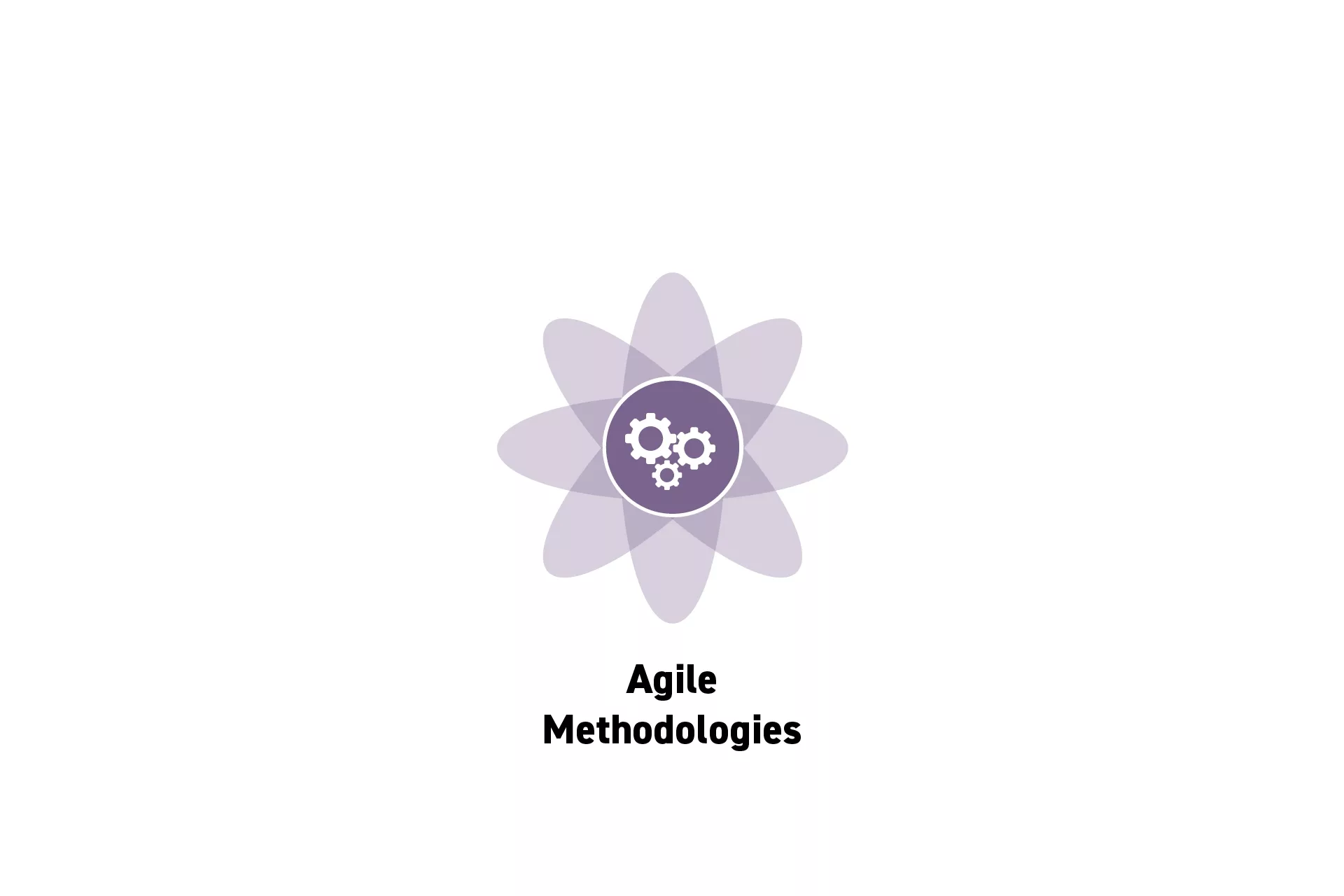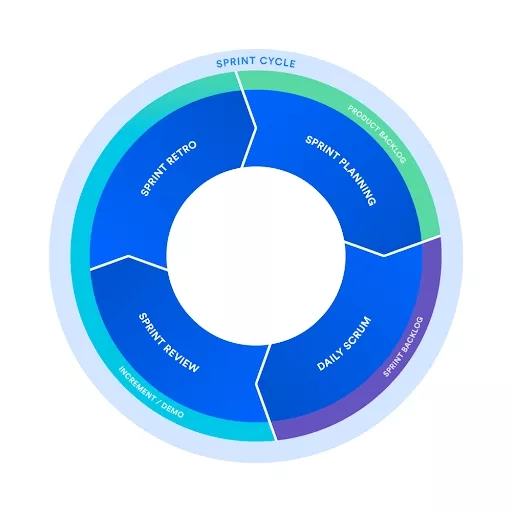What are Agile Methodologies?
A project management approach that involves breaking the project into phases and emphasizes continuous collaboration and improvement. Teams follow a cycle of planning, executing, and evaluating.

A project management approach that involves breaking the project into phases and emphasizes continuous collaboration and improvement. Teams follow a cycle of planning, executing, and evaluating.
SubscribeUnlike Waterfall, which is a project management approach where one contributor or discipline, completes a specific part of a project and then throws it over the wall to the next contributor or discipline; agile focuses on cross-functional teams that openly communicate, collaborate and adapt as the project goes on.
Agile is not defined by a set of ceremonies or techniques but instead is a philosophy focused on commuting teams to tight feedback cycles and continuous improvement.
The original Agile Manifesto didn't prescribe any specific time-boxed iteration (i.e. a Sprint) or an ideal team size. It set out a set of core values that put people first:
- Individuals and interactions over processes and tools.
- Working software over comprehensive documentation.
- Customer collaboration over contract negotiation.
- Responding to change over following a plan.
The Agile Manifesto also laid out a set of principles to follow:
"Our highest priority is to satisfy the customer
through early and continuous delivery
of valuable software.Welcome changing requirements, even late in
development. Agile processes harness change for
the customer's competitive advantage.Deliver working software frequently, from a
couple of weeks to a couple of months, with a
preference to the shorter timescale.Business people and developers must work
together daily throughout the project.Build projects around motivated individuals.
Give them the environment and support they need,
and trust them to get the job done.The most efficient and effective method of
conveying information to and within a development
team is face-to-face conversation.Working software is the primary measure of progress.
Agile processes promote sustainable development.
The sponsors, developers, and users should be able
to maintain a constant pace indefinitely.Continuous attention to technical excellence
and good design enhances agility.Simplicity--the art of maximizing the amount
of work not done--is essential.The best architectures, requirements, and designs
emerge from self-organizing teams.At regular intervals, the team reflects on how
to become more effective, then tunes and adjusts
its behavior accordingly."
Scrum vs Agile Methdologies
Scrum is an agile project management framework that teams use to develop, deliver and sustain complex project. Some people use agile and scrum interchangeably but that is not the case.
- Scrum is about continuously shipping values to clients or customers and a framework for getting things done.
- Agile is a set of values, principles and way of thinking.
As implementing agile methodologies is far more difficult than working in scrum as it requires a change in the way individuals, teams and organizations think vs a framework that helps you think in a more agile way and practice implementing agile principles into your communication and your work.
To learn more about the key ceremonies of Scrum consult the link below.
Looking to learn more about Project Management, Technology and Strategy?
Search our blog to find educational content on project management, design, development and strategy.
